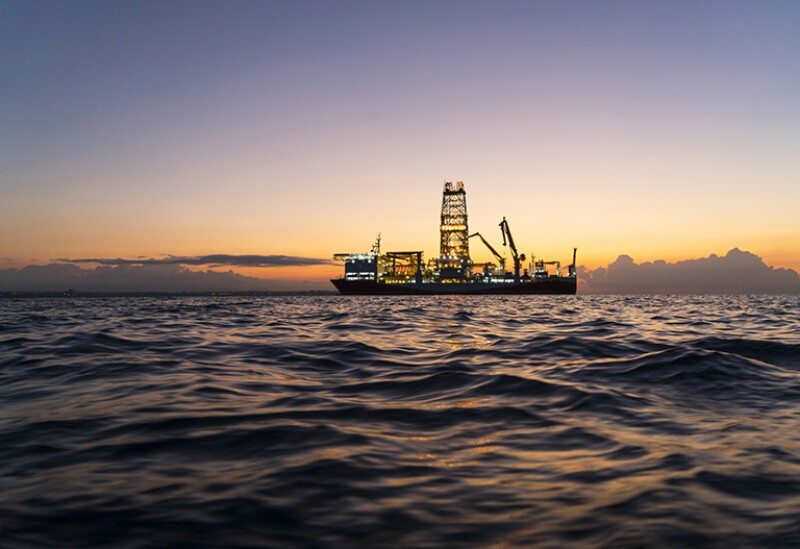The complete paper presents a case for using managed pressure drilling (MPD), and the full capabilities of its associated well-design process, to optimize all aspects of the well-delivery process in deep water, including design, safety, and subsurface data acquisition. The process was used to design and drill a deepwater exploration well with an expected pressure ramp and narrow drilling margins while acquiring valuable subsurface data.
Introduction
The operator’s only offset well in the area faced many challenges including a pressure ramp, resulting in narrow drilling margins. The team experienced several margin-related issues, such as kicks and losses, that resulted in permanent abandonment of the well without reaching the objectives.
Given those results, and the subsurface uncertainty, the operator determined that the use of MPD would have mitigated many of the risks and non-productive-time events experienced in that well. The drilling contractor procured a rig fitted with an MPD system to drill a new exploratory well.


